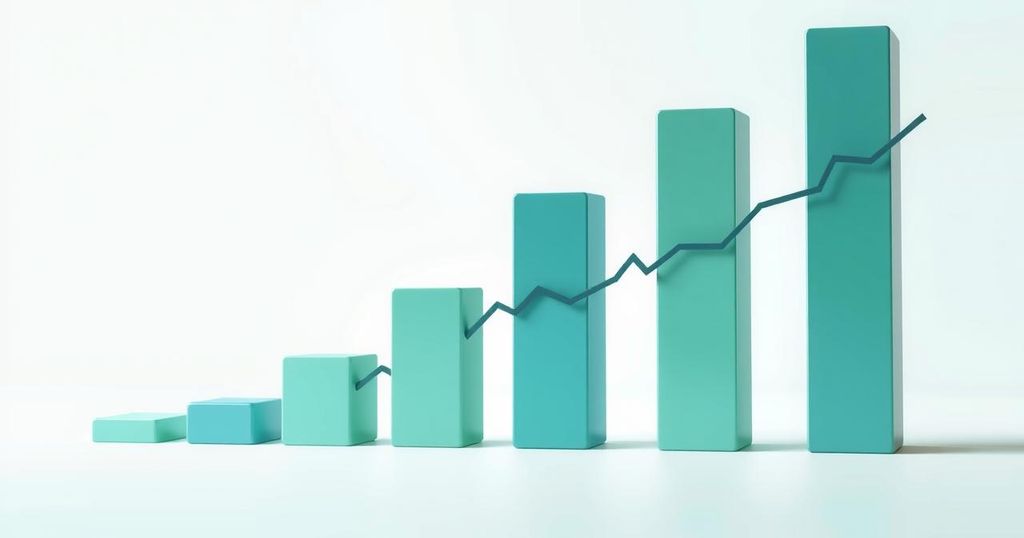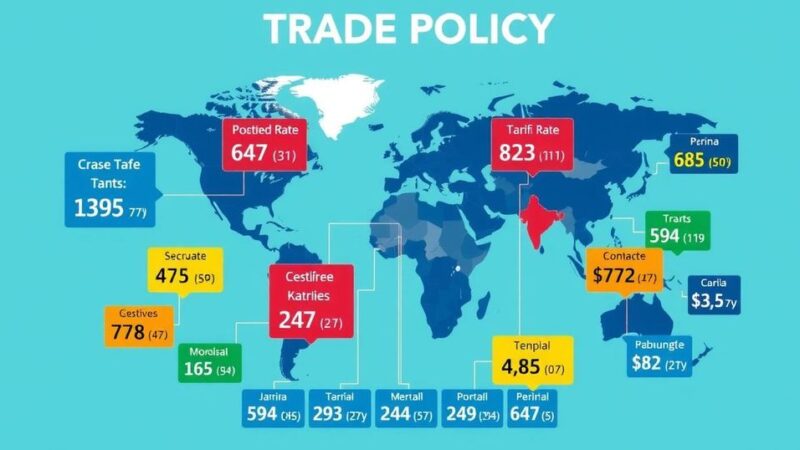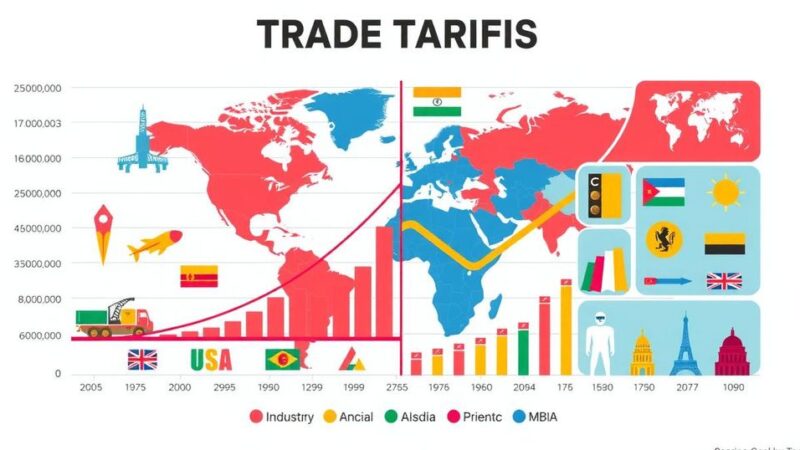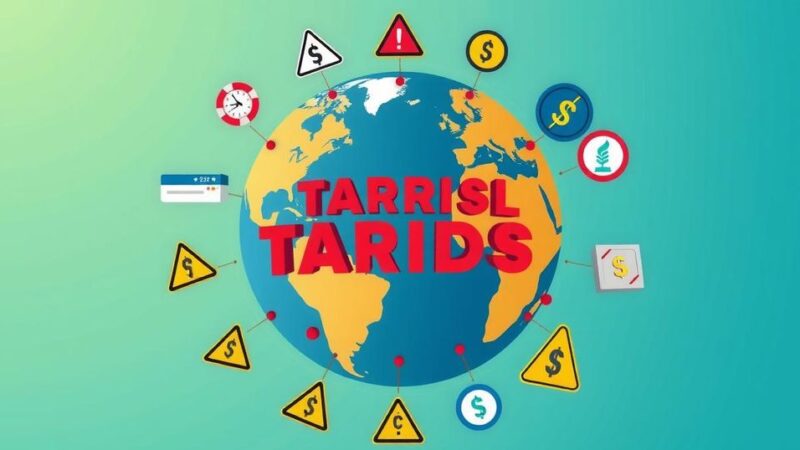The US dollar is rising in Paraguay, with predictions it may reach ₲ 8,000 by mid-2025. Key factors include international tensions and weak soybean prices. Central Bank interventions have not curbed this trend, and trade dynamics with Bolivia are deemed negligible.
The US dollar is experiencing a sustained increase in Paraguay, even after the Central Bank of Paraguay (BCP) intervened by selling US$ 216 million to local financial institutions to stabilize the exchange rate. Analysts forecast that the dollar may reach ₲ 8,000 during the first half of 2025, primarily driven by international tensions and a decline in soybean prices, which have affected the economy significantly.
Emil Mendoza, a representative from the Association of Exchange Houses, highlighted that global conflicts and declining soybean prices are pivotal factors influencing products associated with the dollar. He stated, “This is something atypical that occurs because of the international war that is damaging our market, causing the dollar to rise.” Mendoza elaborated that poor soybean production, exacerbated by international economic tensions involving the United States and major trade partners, has lowered prices, impacting the local market adversely.
BCP board member Miguel Mora countered the notion that dollar flow to Bolivia contributes to the dollar’s rise, emphasizing that trade between Paraguay and Bolivia is minor and operates within formal frameworks. He remarked, “We do not have significant trade with Bolivia for this to be a determining factor in the exchange market.” Mora also noted that informal cash transactions make up merely 5% of total transactions, thus lacking the capacity to exert substantial influence on the dollar’s valuation.
Mora agreed with Mendoza on the assertion that falling prices for commodities such as soybeans and corn, along with global trade uncertainties, are major factors driving the dollar’s increase. External elements, such as the trade conflict among world powers and uncertainties regarding US economic policies under President Donald Trump, further complicate the situation. While he acknowledged that export revenues could mitigate pressures later in the year, Mora indicated that the dollar’s upward trajectory is expected to continue in the near term.
In conclusion, the US dollar’s ongoing rise in Paraguay is fueled by international tensions and declining soybean prices, despite efforts by the Central Bank to stabilize the currency. Experts believe this trend will persist, with projections suggesting the dollar may reach ₲ 8,000 by mid-2025. Furthermore, the impact of trade dynamics with neighboring countries, such as Bolivia, appears to be minimal. Addressing the fundamental issues of commodity prices and global uncertainties will be critical for the Paraguayan economy going forward.
Original Source: en.mercopress.com






